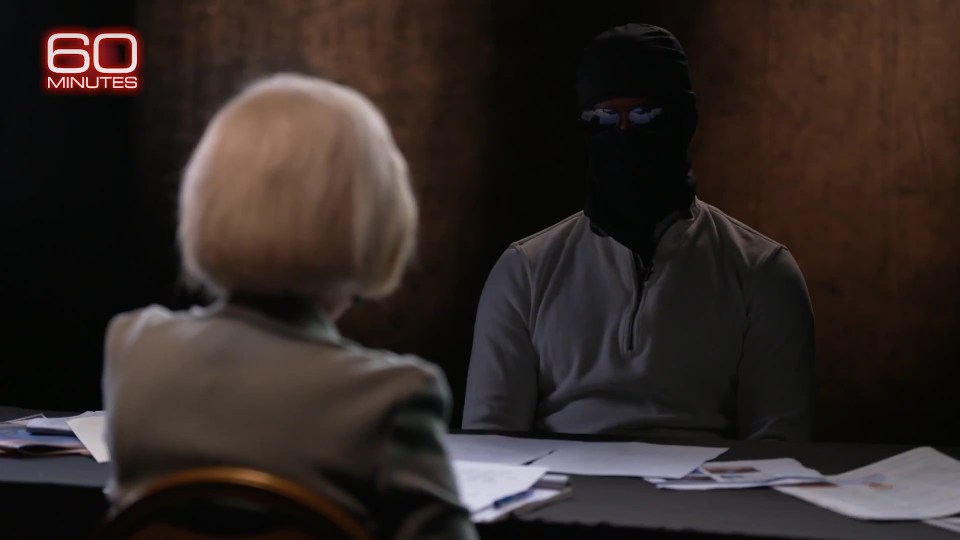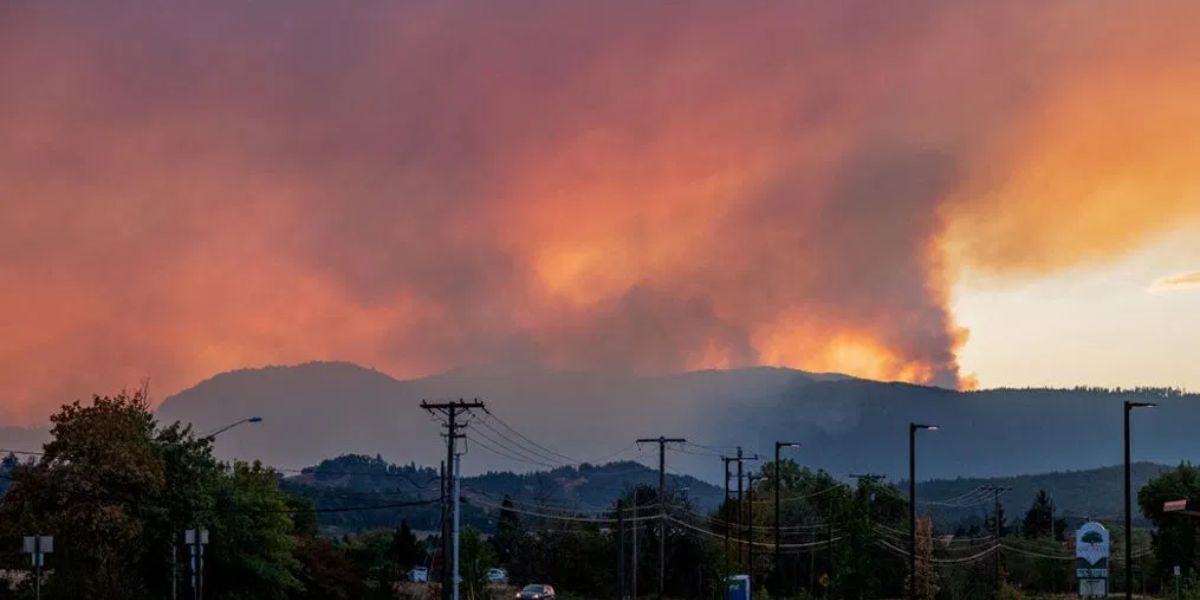Orem’s Mission: a Ten Million Dollar Boost for Oregon’s Emergency Preparedness
Every year, natural disasters such as forest fires, heat domes, landslides, floods, drought, and pandemics are responsible for the deaths of thousands of people around the world and the destruction of billions of dollars worth of property and habitat. Because of this, every community needs to strengthen its ability to withstand the effects of these dangers.
Help is now available for the several communities that make up Oregon. The Office of Resilience and Emergency Management (OREM) of the Oregon Department of Human Services has a grant that is worth ten million dollars and is named the Resilience Hubs and Networks Grant. This money is intended to be distributed to organizations and individuals who meet the requirements. The Oregon Legislature in 2023 is the source of the funds, which will be used to strengthen the resilience of communities.
These award funds are a component of a long-term objective that aims to empower our communities to develop resilience, which will allow them to better prepare for, respond to, and recover from natural catastrophes. Because of this award, a community will be able to create what they require to be resilient, according to Ed Flick, the Director of OREM.
If they can demonstrate how the financing would be beneficial to their community, applicants might be virtually anyone, including schools, towns, counties, non-profit organizations, and tribal governments. The populations and regions of Oregon that are not as well prepared for the effects of climate change are the ones that we would like to see receive grant money.
A significant number of rural and frontier villages do not possess the same tools and resources as larger cities, according to Jenn Bosch, who is the administrator of the OREM Grants Program.
“A Resilience Hub is something that is already embedded in the community, such as a community center, a Boys and Girls Club, or something that is a regular part of their lives, such as a food bank. It is a living, breathing part of the community.” If they needed assistance, such as shelter in an emergency, they would consider going to this location. It is very open to them to apply for whatever they want,” Bosch stated.
Almost anything that would build and increase the communities’ resilience is included in the goods that individuals and groups might apply for. This includes things like medical supplies, child care, emergency communications equipment, generators, training, water purification, vehicles, and more.
“Typed packages” are another kind of goods that communities can apply for through this program. Conex boxes are large containers that are frequently used for storage, and these packages are such containers. OREM will stock the Conex containers with emergency supplies that are designated for weathering a disaster or sheltering in situ until additional help arrives, and then OREM will transfer those items to the location where they are needed.
The network component of the project is intended to serve the purpose of facilitating improved communication and resource sharing among communities.
The idea is to eliminate the silos that exist. An illustration of this would be the fact that the government does not typically establish shelters; rather, it is the churches, non-profit organizations, and community groups that do so. On the other hand, people frequently are unaware of the activities of the group that is located down the street. They are being asked to collaborate to apply for the funding.
Consider the following scenario: a church is opening a shelter, but they do not have any food. However, if they collaborate with other community organizations, they would learn that the food bank may have food that is ready to be supplied to them because of their collaboration.
Bosch went on a listening tour through the state of Oregon from July until December of last year. He was accompanied by Spencer Karel, who is the OREM Policy Chief and a partner in the grant process. A total of over eighty community organizations, Oregon Department of Health Services programs, Oregon Health Authority, Oregon Department of Energy, and other state agencies were brought together for face-to-face or virtual meetings.
“We intended to get a response from them. Developing the grant and putting it to good use for the communities was a fantastic opportunity that presented itself.
The appearance of a Resiliency Hub in Grants Pass will be distinct from that of a hub in Wheeler, and the appearance of a hub in Tillamook will similarly be distinct from that of Grants Pass. We have high hopes that the applications will accurately reflect the widespread need,” Bosch reported.
She emphasized that the application process for this grant is simple. There are six essay questions included in the application, which functions similarly to a survey in that the applicant can fill in what they are requesting.
In addition, OREM is collaborating with Portland State University to assist applicants who require assistance in completing their application packages. The website of the OREM contains information that can be used to obtain this assistance.
Specifically, she stated, “We want to make sure that people who typically do not apply for or receive grants feel as though they have a fair opportunity to potentially receive a grant this time.” This is especially true for persons living in tiny, rural, and frontier communities.
As of right now, there are around sixty-five people who have applied for the grant money. The application deadline is April 30.











